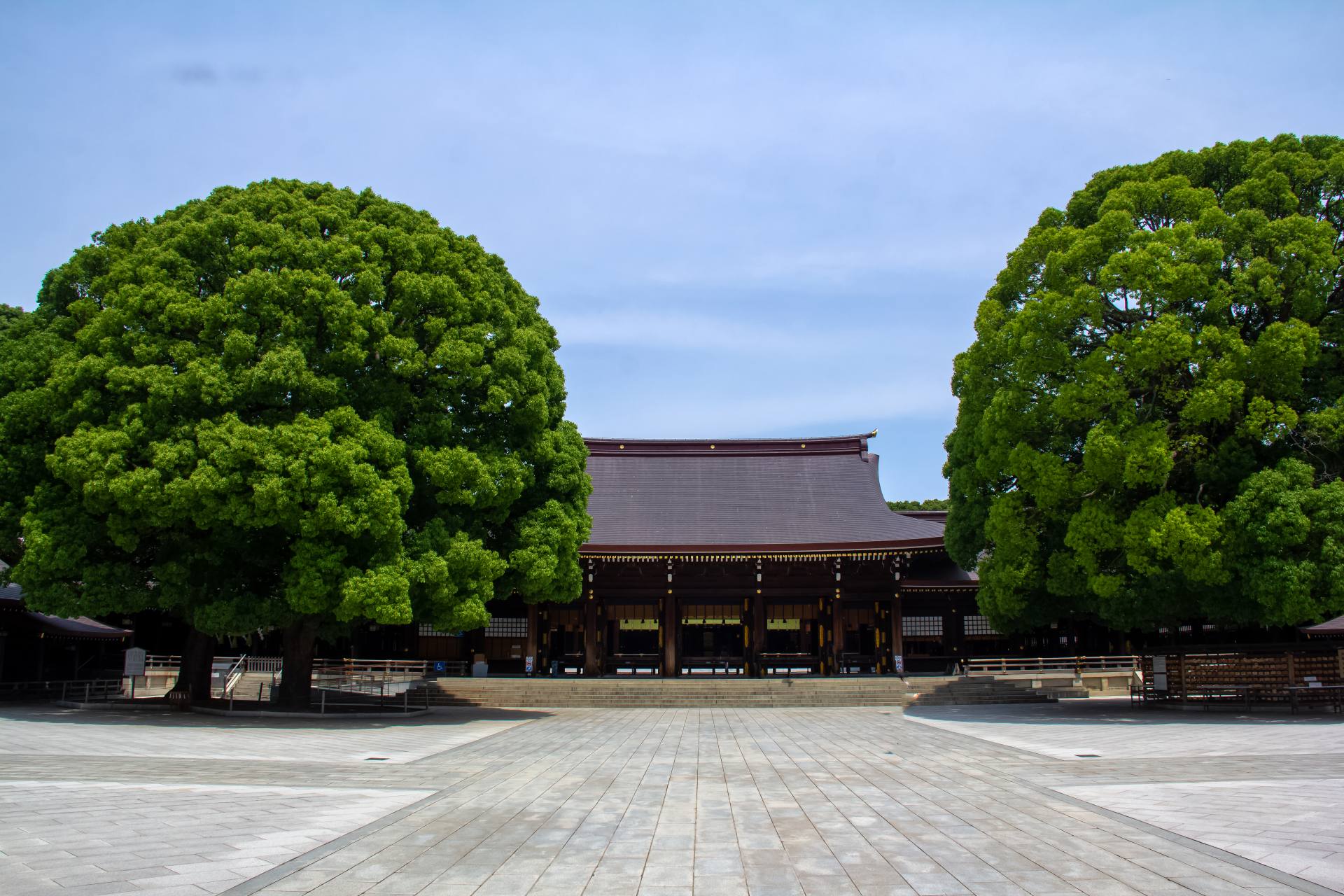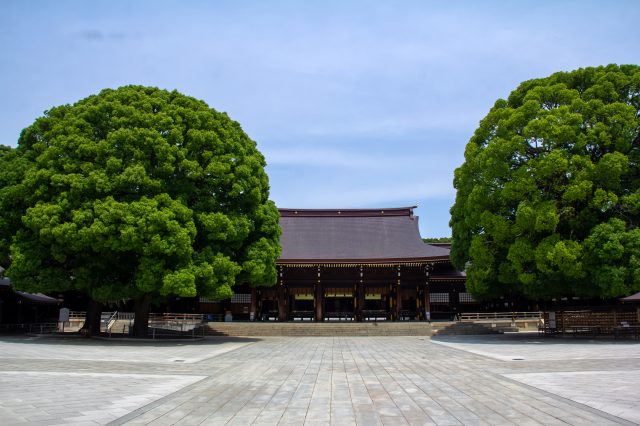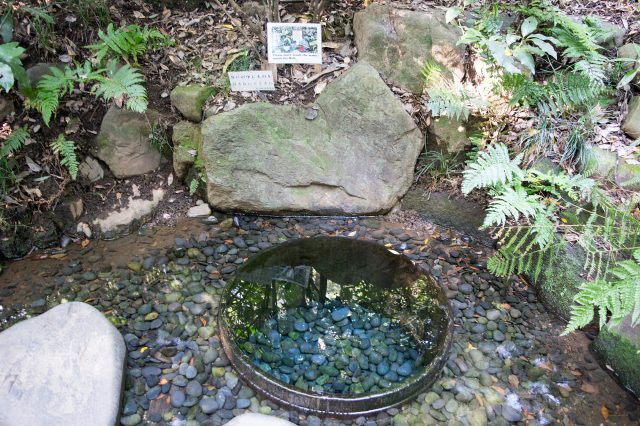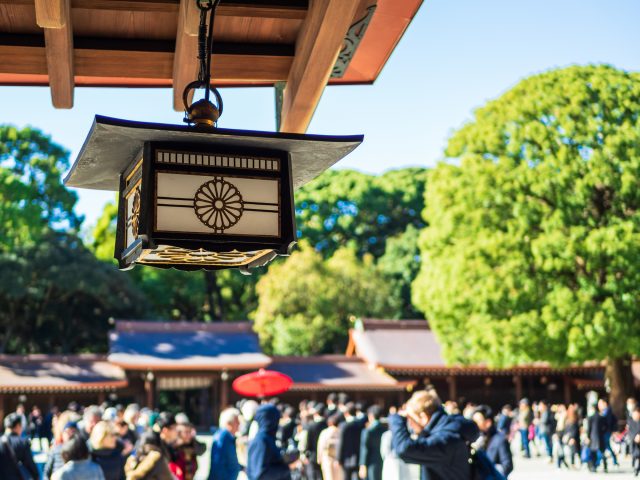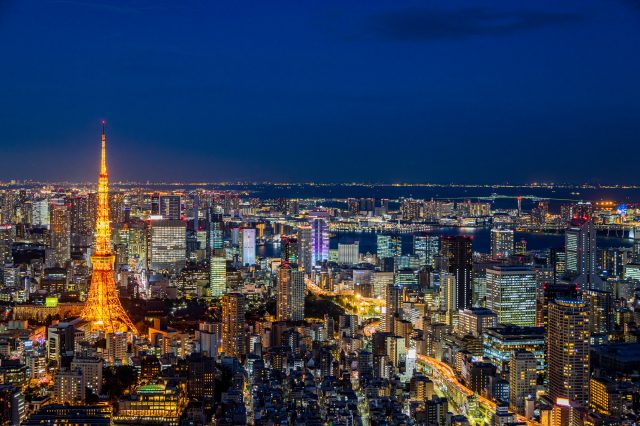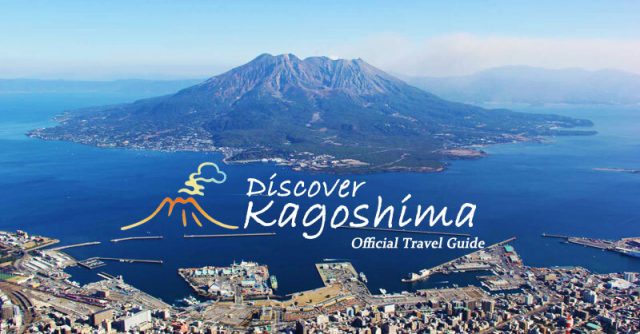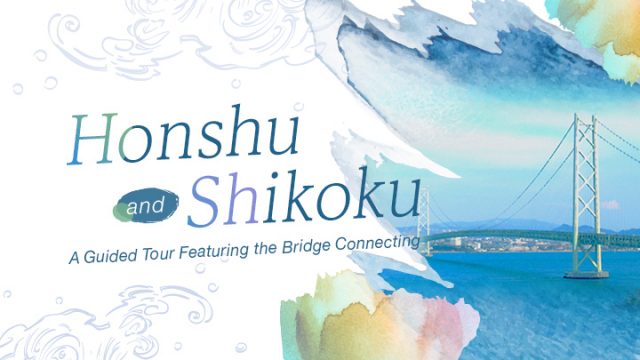
[Harajuku Cat Street 1-Day Course] Refine your sensibility and beauty at a Trend-Setting Place!
Cat Street is a trend-setting place where name-brand stores and the hottest gourmet food are gathered. This article introduces a 1-day Course that allows you to fully enjoy the highlights of Cat Street and cultivate sensitivity and beauty. If you are going to visit a trend-setting area, not only enjoy yourself but how about refining your taste.

